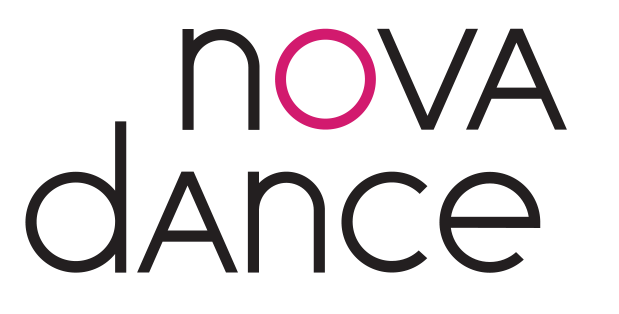Discover Dance, Digging Deeper: Candace Kumar
Associate Artist, Neena Jayarajan, has written about her experience of the November 2023 edition of Discover Dance, with artist Candace Kumar, hosted by Dainty Smith.
Neena’s experience
In Search of Balance
On what started as a crisp cool November afternoon, Candace Kumar – a Toronto based Filipino/Indo-Fijian dance artist took us to a place filled with warmth, beaches, sunshine and water. We tickled the sea shells with our fingers, dipped our feet in the sand, and floated through the water gently pushing it away with our hands. Through Candace’s visualisation exercises we were carried away to a paradise filled with calm, and beauty. Candace and her two guest artists Blessyl Buan and Robin Lacambra transported us from our surroundings. We listened to them speak articulately about their art, their artistic journeys and how the form of Pangalay is constantly evolving through each generation. Their practice is deeply rooted in their communities of upbringing and also constantly informed and adapted with current experiences in the GTA.
“These were intentional choreographic choices made by Candace to acknowledge the origins of Pangalay which are deeply connected to nature.”
The presentation opens with Candace centre stage carefully adorning her hands with long gold fingernail extensions used in Pangalay dance. To her right, Robin sits behind a series of mini gongs called the Kulintangan, and to her left Blessyl is seated alongside a large gong called the Agung. A stage filled with beautiful fabrics and flowers fills the space with hints of nature, and colour. These were intentional choreographic choices made by Candace to acknowledge the origins of Pangalay which are deeply connected to nature. She also explains that Pangalay in the southern Philippines was performed predominately by Muslim communities. She graciously articulates that being a Catholic Filipino herself, she is a guest to the art form. Her acknowledgement of her relationship with the form, the utmost respect she has for its origins and the deep care she took in sharing the form with the audience was very moving. All three artists spoke about the Filipino concept of Kapwa. Kapwa is a shared purpose of community, healing, and interconnection with one another and nature. Each of them spoke about their unique outlook on this concept and how it manifests in their own day to day and artistic lives.
The trio performed a piece called Balance. Fittingly, flower pots were balanced on their heads, sometimes while standing on top of a gong. In the world of Pangalay, this pre-colonial dance form not only embodies balance and mindfulness in the body, but also serves as a metaphor for finding balance in one's cultural identity and artistic expression. Candace sheds light on Pangalays's relevance to life as a working artist, allowing the teachings of Pangalay to navigate her journey in the pursuit of the arts. The dancers used fabrics in multiple iterations to initially represent a Palikkat, more commonly known as Malong - tubular cloth for everyday multi- purpose use. It was then used to represent a Baluy, commonly known as a Banig (mat). The fabric was manipulated in creative ways throughout the work to tell different stories and glimpses into the culture.
“They found love and care with their communities and were raised by the hearts of so much who found family in each other. Art forms were share unapologetically and passed on through positive childhood experiences.”
One of the most touching moments , was hearing about how growing up in the Filipino community, all the women gathered, cooked, danced, took care of each other and their children. They found love and care with their communities and were raised by the hearts of so many who found family in each other. Art forms were shared unapologetically and passed on through positive childhood experiences. Candace spoke about finding common cultural connection with the collaborators in her process, and experimenting with making eye contact between dancers to represent this. Traditionally in Pangalay, the gaze is lowered, so her choice to include eye contact was her own explorations of the form. This decision was a reflection of where the roots of her training lay, but also making choreographic choices rooted in who she is an artist today. I can’t help but connect to the many cultural groups in the GTA who find safety among their people who not only look similar to them, but also have shared lived experiences. They make new homes away from home, they danced and sang songs from their homelands, while collectively battling the challenges of a new life in Canada. The constant juggle of having one foot deeply rooted in their homelands, but also straddling cultural borders with their new Canadian identity. The explorations Candace is making through her work, are clear reflections of that search for balance, and it was a pleasure to watch that journey represented through her art.
